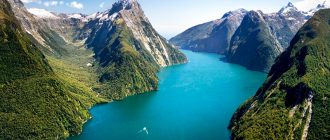France – the most detailed information about the country with a photo. Attractions, cities in France, climate, geography, population and culture.
Contents
France – France
France is a state in Western Europe, which also includes several overseas territories. This is one of the leading and largest countries of the european continent bordering on northeast with Belgium, Luxembourg and Germany, in the east – with Switzerland, in the south-east – with the principality of Monaco and Italy, on Southwest – with Spain and miniature Andorra. French territory Washed in the northwest by the Atlantic Ocean, in the northeast – The North Sea, and in the south – the warm Mediterranean Sea. Strait The English Channel separates it from the island of Great Britain. France is democratic republic and secular state.
France is one of the most beautiful and interesting countries in Europe with rich history and magnificent cultural heritage. She is famous for its picturesque nature and cozy old towns, modern megacities and luxury resorts, museums with world renown and exquisite cuisine. France offers amazing variety of landscapes: from the harsh ocean coast Normandy to the Mediterranean subtropics, from the mountain peaks of the Alps to farmland of Alsace, from the lavender fields of Provence to the vineyards and pastures of Burgundy. This is incredible, romantic and distinctive country which is the most popular tourist destination in the world.
 France flag
France flag
- Useful information
- Geography and nature
- Climate
- Best time to visit
- Story
- Administrative division
- Population
- Transport
- Cities of France
- sights
- Accommodation
- Kitchen
Useful information about France
- The population is more than 66 million people.
- The area is 674 685 km2.
- The language is French. In Alsace and Lorraine also speak German dialect, which is called Alsatian.
- Currency – Euro.
- The capital is Paris.
- Time – Central European UTC +1, in summer +2.
- Visa – Schengen.
- Electricity – from 220 to 230 V, 50 Hz.
- Summer is the highest season. Although France is popular almost all year round. Most of the French rest in August. Therefore, in this period may be closed some shops, cafes, etc.
- In cities, there are usually small supermarkets. Large hypermarkets (Auchan, Carrefour, etc.) are located on the outskirts settlements
- Tax Free can be returned from purchases worth from 175.01 Euro.
- National holidays: January 1 – New Year, January 6 -The Epiphany, February 2 – The Meeting of the Lord, March 8 -International Women’s Day, April (May) – Good Friday, Easter (after 40 days after Easter – the Ascension, and after 50 days – the feast of St.. Trinity), May 1 – Labor Day, May 8 – Victory Day, June 21 – The Day of Music, July 14 – Bastille Day, August 15 – Assumption Virgin, November 1 – All Saints Day, November 11 – the end World War I, December 25 – Christmas, December 26 – the day of St.. Stefan.
Geography and nature
France is the largest country in Western Europe. Large part of the country lies on the European continent (within the state includes 20 overseas territories). The length of the country from the south to north is almost 1000 km. The territory of France is washed Atlantic Ocean, English Channel, Northern and Mediterranean by the seas.
France is extremely diverse in terms of topography. Lowest country point – the delta of the Rhone. The highest is Mount Blanc (4810 m), the largest peak of the Alps. In the south, along the border with Spain, stretched the Pyrenees. In the southeast are the Alps and the Jura Mountains, that separate France from Italy and Switzerland. Between the valleys Rhone, Loire and Garonne is located Central French array, which is the result of the destruction of the ancient mountains. Mountain The Vosges massif separates the Rhine from the plains of Alsace. North Central France is occupied by the Parisian pool, in the southwest at the foot The Pyrenean Mountains is located the Garonne Lowland, in the south-east – lowlands of the Rhone.
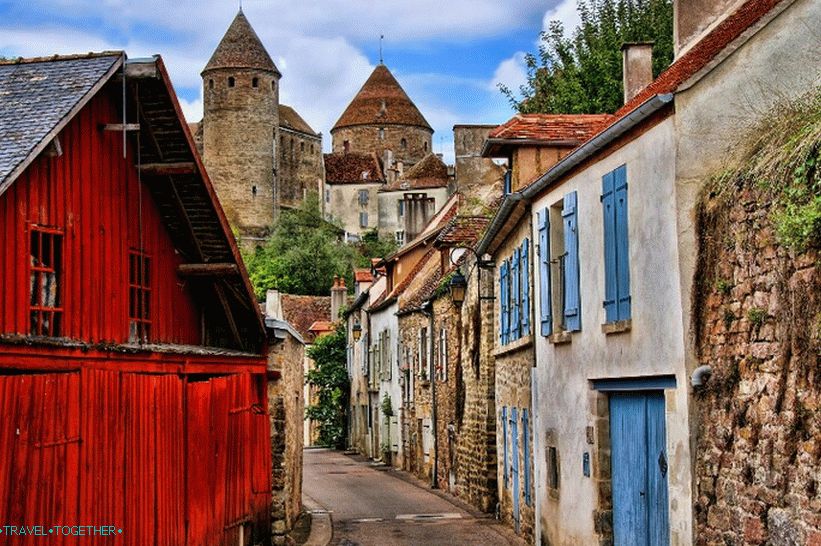 Medieval town in Burgundy
Medieval town in Burgundy
On the territory of the country flows several large rivers, which flow into the Atlantic Ocean or the Mediterranean Sea. Largest the river of France – the Loire, which in the past was an important trading artery. Other major rivers: the Rhone, Seine, Garron. Ron is the deepest river of France. It flows into the Mediterranean and forms a vast swampy delta in which is located reserve Camargue.
The territory of France is significantly changed by human activity. Huge areas occupied by agricultural land, vineyards and pastures. Forests cover about 30% of the territory. AT deciduous forests dominate the northern and western regions (oak, beech, birch), on the Mediterranean coast – subtropical vegetation. In the forests live deer, roe deer, foxes, wild boars. On the coast can meet many birds. Camargue is a habitat the habitat of flamingos. In the south of France (in Provence) live geckos.
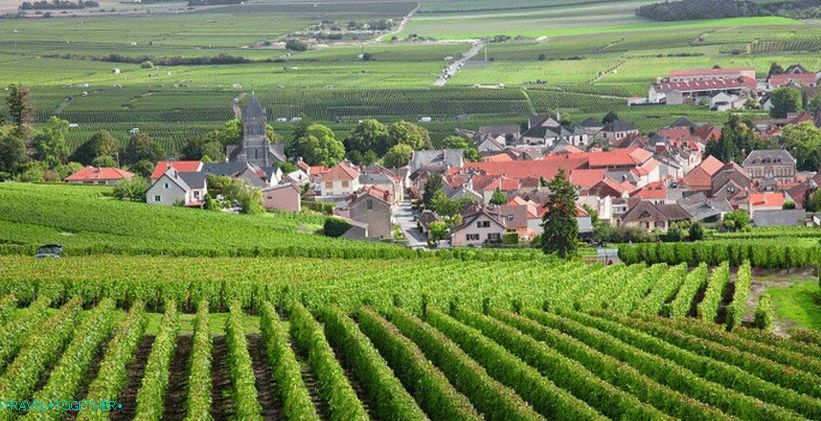 Vineyards Burgundy
Vineyards Burgundy
Climate
The climate of France is quite diverse, but for the most part the territory of the country is moderate with warm summers and mild winters. The Mediterranean coast is characterized by a subtropical climate. with hot summers and rainy cold periods. Eastern France – mild climate with relatively hot summers and cool winters. Northwest France is characterized by a temperate maritime climate with cool summer. In the mountainous regions of the Alps and the Pyrenees, winters are cold and snowy.
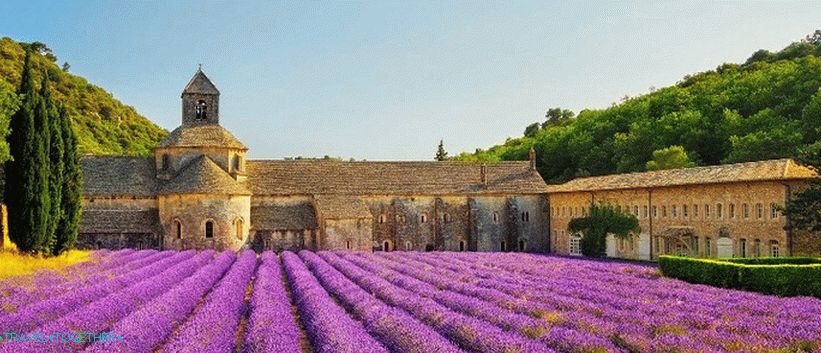 Provence
Provence
Best time to visit
France can be visited all year round. The best weather is from May to October. Winters are mild in most parts of the area, but fairly wet. The best period in terms of weather and the number of tourists yet is the off season (spring or autumn). July and August – the most High season with a huge number of tourists. Also in the south and The central areas of France can be quite hot.
Story
The territory of France was settled in ancient times and was Neanderthals and Cro-Magnon sites. In pre-christian the epoch (late bronze and early iron ages) the Gauls lived here (Celtic tribes) and Iberians (in the south-western part). In the 1st century before AD during the Gallic War almost all local tribes were subordinated to the Roman Empire, and France became part of the possessions of Rome like the province of Gaul. By the early Middle Ages almost the entire population was romanized and spoke Latin, which became the basis for French language.
In the 5th century, France was conquered by the Franks under led by Clovis, founder of the Merovingian dynasty. The Frankish state was one of the most powerful on the continent reaching its peak with Charlemagne of the dynasty Carolingian. The Franks ruled most of Western and Southern Europe. After the death of Charlemagne, his empire was divided between three sons. In 843, the West Frankish Kingdom was founded, which rules Karl Bald. In the 10th century, it became known as By france.
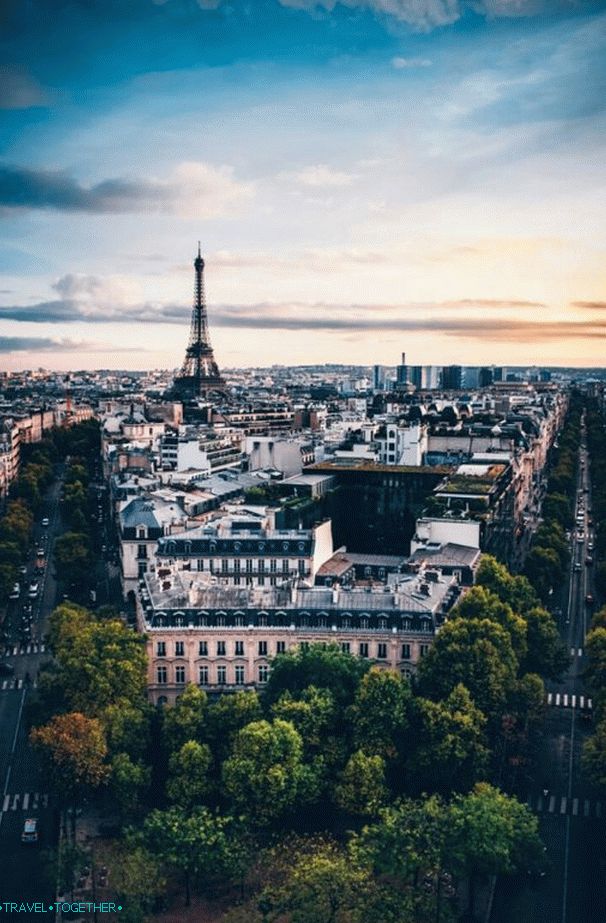 Paris is the capital Of france
Paris is the capital Of france
After the death of Charlemagne, his sons could not save strong empire. In the 9th century, royal power in future France weakened. The country was repeatedly robbed by the Vikings, reaching even Of Paris. In the early 10th century in the north of France, the Vikings founded Duchy of Normandy. During this period, the state was fragmented county and duchy, and the king had no significant power. In 987 year was replaced by the royal dynasty. France began to rule Capeeting.
During the reign of the Capetians, a crusade occurred several religious wars and the capture of the pope in Avignon in 1303 year. Popes were forced to stay in France before 1378 In 1328, the Capeta dynasty was replaced by the Valois dynasty, during the reign of which began the famous Hundred Years War with England. The British first captured most of France, but after the appearance of Joan of Arc in the war came the turning point and in 1453 they capitulated.
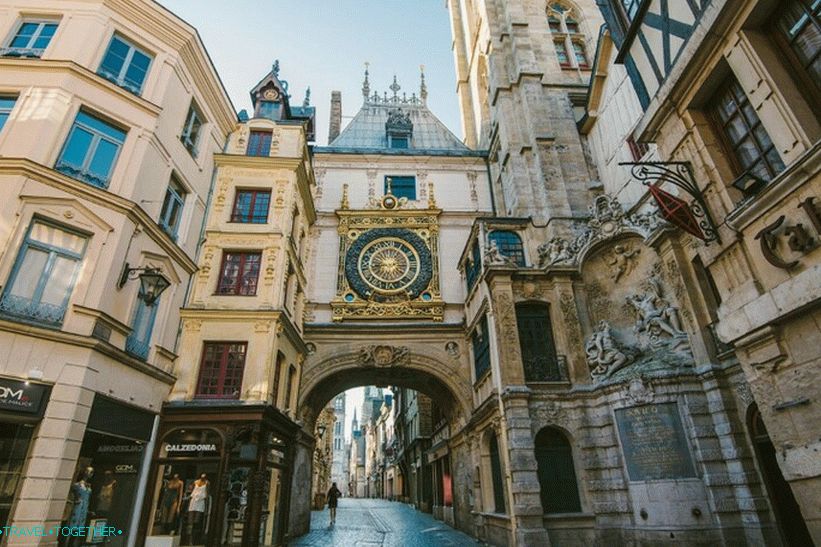 Rouen – the capital Normandy
Rouen – the capital Normandy
In the 15th century, feudal fragmentation was discontinued, and France became an absolute monarchy. The country in this period sought to play important role in Europe and led the Italian war with Spain for control of the Apennines. At the end of the 16th century in France penetrate protestantism. It ended in brutal religious War, the peak of which was the infamous St. Bartholomew’s Night in Paris (when many Protestants were killed). In 1589 to power came the Bourbon dynasty.
In 1598, the Edict of Nantes was signed, which put an end to strife between Catholics and Protestants. In 1643 he became king five-year-old Louis XIV, who eventually ruled the country until 1715 year At the beginning of his reign there was an uprising, which was suppressed. During the reign of Louis XIV, France participated in several wars. He also canceled the edict of Nantes, which led to the flight of the Protestants. After the death of Louis XIV, he became king great-grandson – Louis XV, who ruled the country until 1774 of the year.
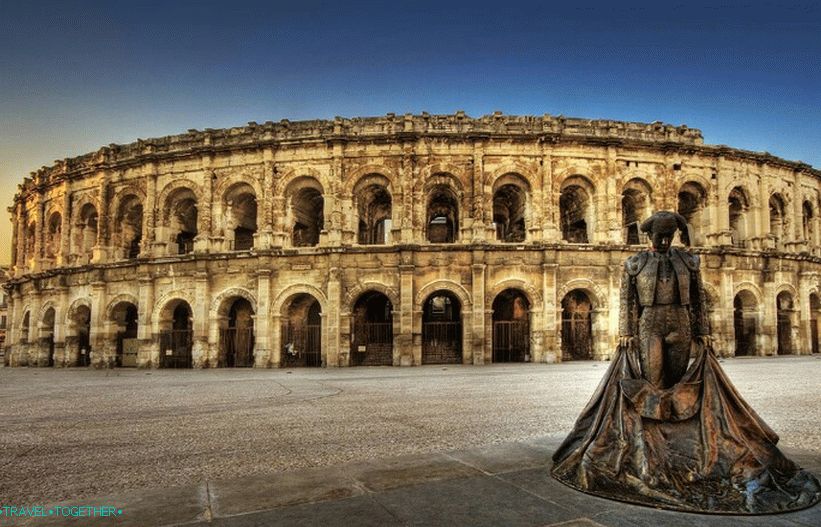 Nim’s city Southern france
Nim’s city Southern france
In 1789, the Great French Revolution began, with the result which was the destruction of the absolute monarchy and the proclamation First Republic. The revolution began in July with the capture of the Bastille. After a series of skirmishes between the royal and revolutionary forces in January 1792, King Louis XVI was captured, condemned and executed. In 1793, the Jacobins came to power. In 1799, the ruler of France Napoleon became proclaimed emperor in 1804.
Under Napoleon, France became a powerful state. Bonaparte conquered almost all of Europe, and Italy and Spain ruled his relatives In 1812, Napoleon tried to conquer The Russian empire, but lost in the war almost the entire army. 31 March 1814 Russian-Prussian troops entered Paris. Napoleon abdicated the throne and was exiled to Elba Island. In 1815 Bonaparte attempted to regain the throne, but after losing to the Battle of Waterloo was finally exiled to Saint Helena, where he died.
 Alexandra Bridge III in Paris
Alexandra Bridge III in Paris
After a short period of Restoration, the Second was announced. Republic, which lasted only four years. In 1852 Napoleon III came to power, and France was again proclaimed an empire. In 1870, the emperor was captured and began the period of the Third of the republic. In 1914, France entered the First World War on side of the Entente.
In 1940, the French Republic was occupied by Germany and liberated by the forces of the anti-Hitler coalition and the national resistance movement. In 1946, the Fourth was proclaimed Republic, which in 1958 was replaced by the Fifth Republic, still existing. Since 1992, France has been a member European Union.
Administrative division
France is divided into 18 regions: 12 are located on the European continent, 5 – overseas and the island of Corsica. Regions are divided into departments, counties and cantons.
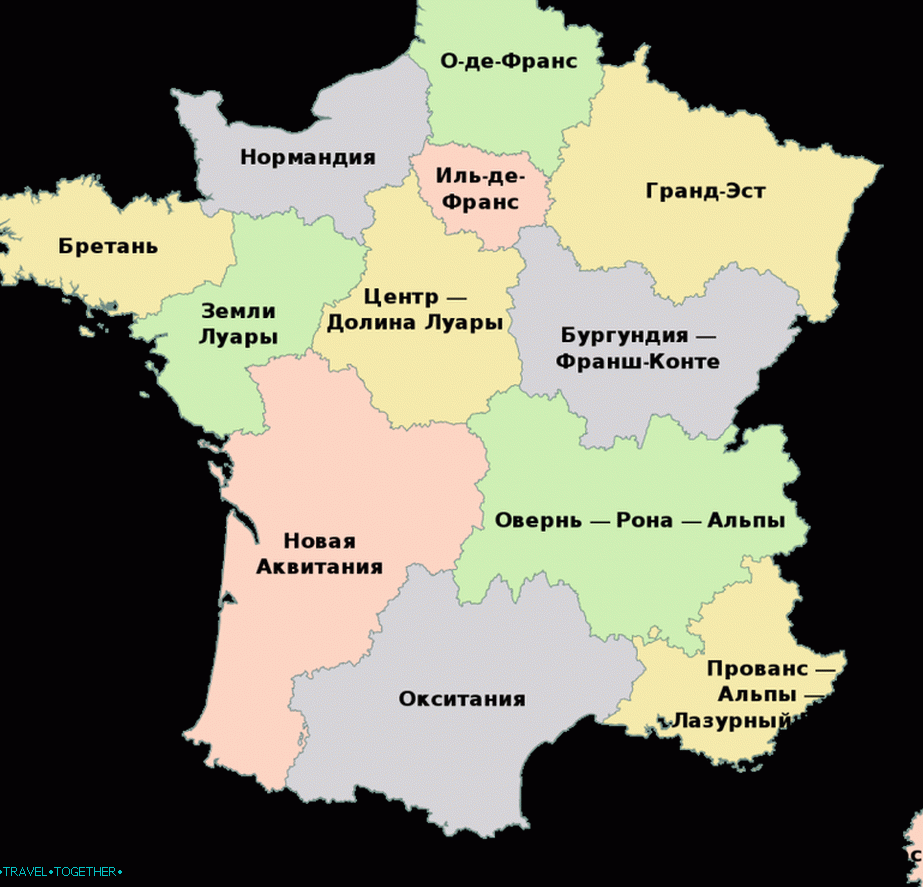 Administrative division
Administrative division
Cultural regions of France:
- Ile de France is the region surrounding Paris. Includes suburbs the French capital, several cities, many cultural monuments and parks.
- Northern and Western France (Normandy, Brittany) – beautiful coast, farmland and special atmosphere.
- Northeastern France (Alsace, Lorraine) – region on border with Germany with beautiful cities and unique culture.
- Central France (Burgundy, Loire Valley) – striking cultural landscape with historic towns and villages, castles and river valleys.
- Southwestern France (Aquitaine, Occitania) – beautiful beaches Atlantic, Pyrenees and vineyards.
- Southeastern France (Provence, Cote d’Azur) – the main tourist region of the country with lavender fields, warm climate and azure sea, as well as the majestic Alps.
Population
In terms of population, France is one of the largest European countries. Over 90% of the population consider themselves to be ethnic to the french. Although a huge number of them – come from the French African colonies. Large diasporas: Alsatians and Lorraine, Jews, Bretons, Corsicans, Basques, Flemings, Catalans and Armenians. 43% of the population professes Catholicism. The official language is French. The following dialects are also common in the regions: Basque, Breton, Flemish, Alsatian (German), Catalan, Corsican (Italian), Occitan.
Despite its tourist popularity, France is not the most the best English-speaking country. Outside popular tourist places it is sometimes difficult to find people who understand the simplest English.
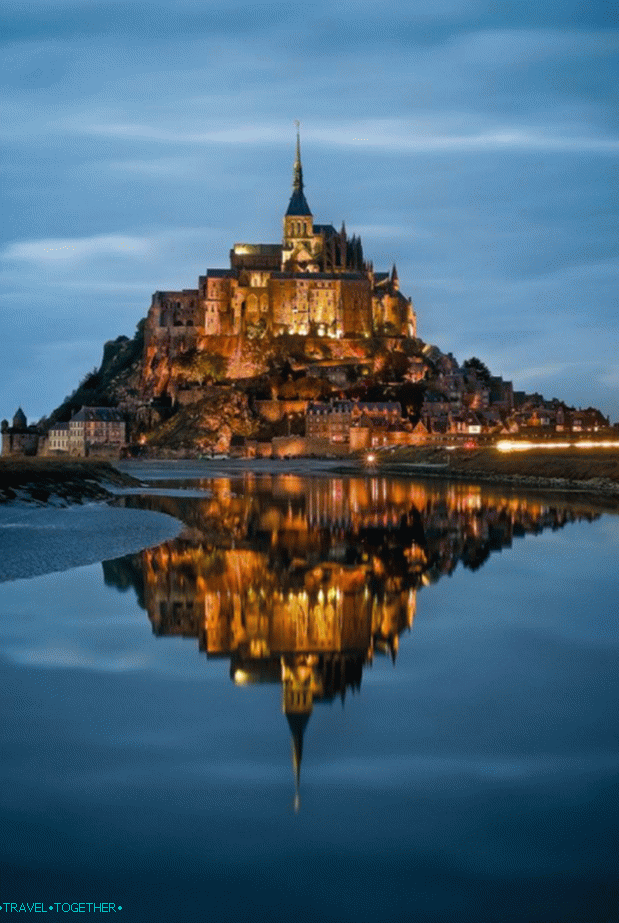 Mont saint michel
Mont saint michel
The French value their culture, history, language and cuisine, which is considered art. They are quite frank, critical and are simple. At the same time, they value individuality and privacy. French people don’t like jokes very much, are punctual and like to exchange courtesy. If you are invited to someone’s house, then in a good tone will bring a small gift.
Dining etiquette: do not leave the phone on the table, be patient with waiters, don’t talk about work and business during lunch (dinner).
Transport
The largest airport in France is Charles de Gaulle Airport in Paris. Other major international airports are located in Bordeaux, Lille, Lyon, Marseilles, Nantes, Nice and Toulouse. France has superior transport links with Germany, UK, Switzerland and Belgium (including high-speed trains).
French motorways are not inferior in quality German, but are paid. Payment (for the distance traveled) carried out on special terminals at the exit with such roads.
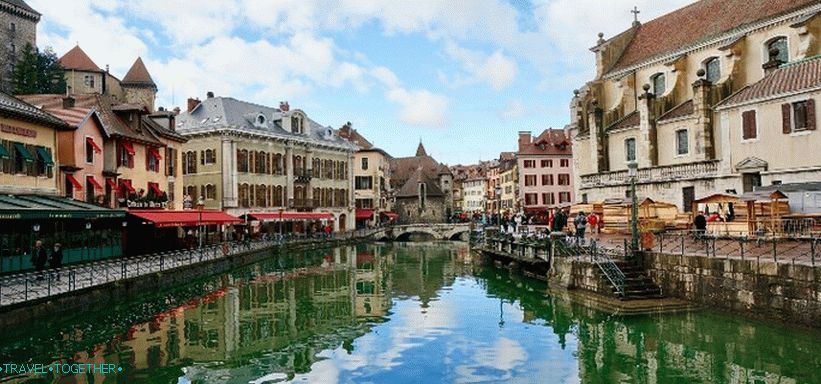 Annecy City
Annecy City
Cities of France and popular destinations
The most famous cities of France:
- Paris is the capital of France and one of the largest cities in Europe. It is one of the most visited places in the world and is famous for its attractions, museums and special atmosphere. Paris has reputation as the most beautiful and romantic city in the world, which sets trends in fashion, art, design and kitchen.
- Bordeaux – the capital of the Gironde, which is famous for its excellent wines and stone mansions.
- Lille is a dynamic city in the north of France, known for its beautiful historical center and vibrant cultural life.
- Lyon is one of the largest cities in France, which has rich history, culture and historical center included in the list UNESCO World Heritage sites.
- Marseille is the heart of Provence, one of the largest cities in France and the largest port of the Mediterranean.
- Strasbourg is the capital of Alsace and the seat of the EU Parliament. Known for its ancient Gothic cathedral, narrow streets, half-timbered houses and Grand Ile canals.
- Colmar – one of the most picturesque and photogenic cities Alsace, which is well preserved its cultural and architectural heritage.
- Toulouse – the capital of Occitania, one of the most beautiful cities France with a characteristic brick architecture.
- Rouen is the capital of Normandy with beautiful ancient architecture and Gothic cathedrals.
- Annecy is a picturesque city that is called “French Venice “. Known medieval old center, divided channels.
- Reims is a city in the north-east of France, famous for its magnificent the cathedral in which the French kings were crowned.
France has a huge number of small historical towns and charming villages (Nîmes, Dijon, Avignon, Blois, Le Mans and many other similar places). In almost any of them You can find a special atmosphere and a lot of interesting things. Sometimes they can make even more impression than the popular cities.
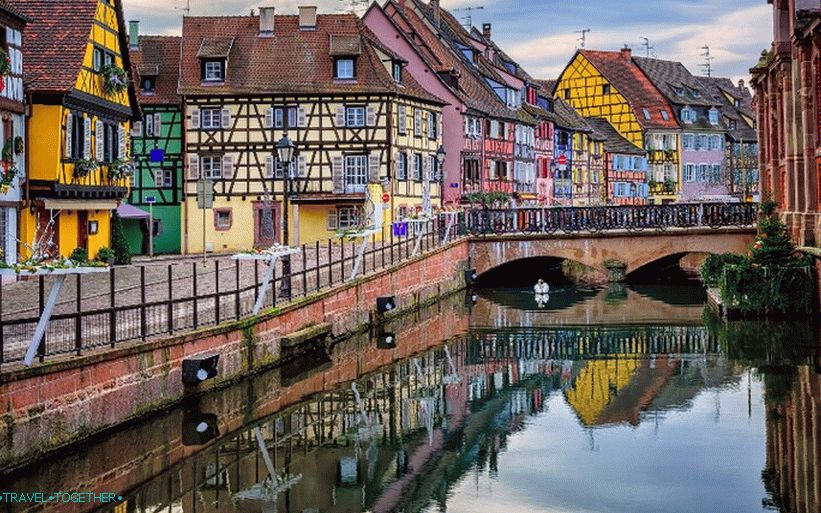 Colmar – one of the most beautiful cities of Alsace
Colmar – one of the most beautiful cities of Alsace
Popular destinations:
- Provence – the southern region known for lavender fields cute little towns and wines.
- Camargue – the delta of the Rhone River with unique wetlands, flamingo populations and white horses.
- Corsica is the birthplace of Napoleon, an island with beautiful nature and original culture.
- Alps – harsh mountain peaks, magnificent nature, ski resorts and the mass of Mont Blanc.
- Cote d’Azur – Mediterranean coast of France with a variety of first-class beach resorts.
- The Loire Valley is an excellent cultural landscape with locks.
- Verdon Gorge – beautiful river canyon with turquoise water
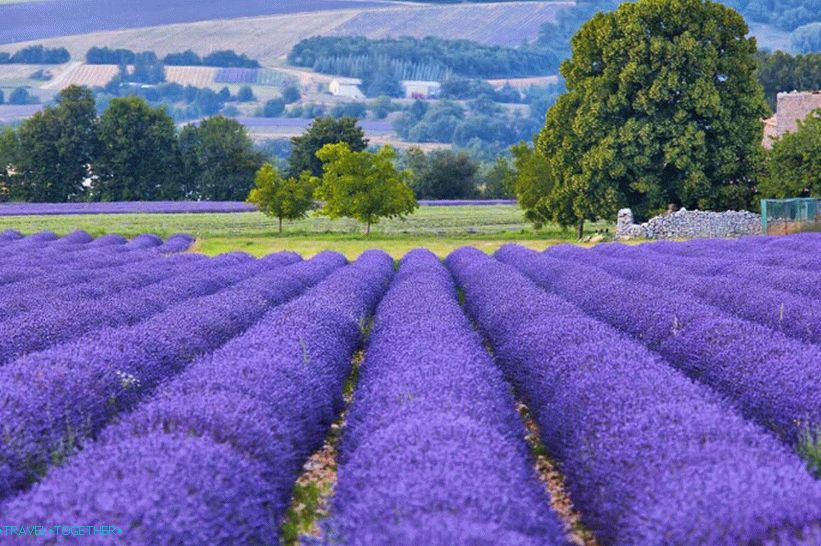 Lavender fields Of Provence
Lavender fields Of Provence
Sights of France
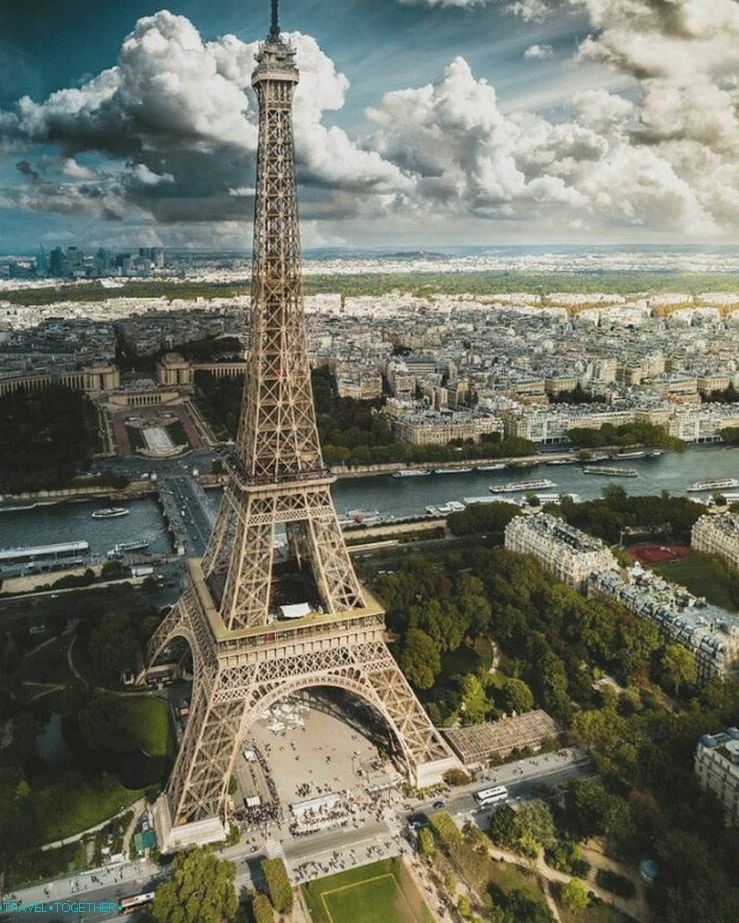 The Eiffel Tower
The Eiffel Tower
The Eiffel Tower is a symbol of Paris. This is a huge metal a structure with a height of more than 320 meters was built in 2 years and 2 of the month in 1889. Named after engineer Gustave Eiffel, architectural office of which it designed and built. Eiffel the tower was erected as a temporary building for the World Expo, but over time turned into a major attraction Of Paris.
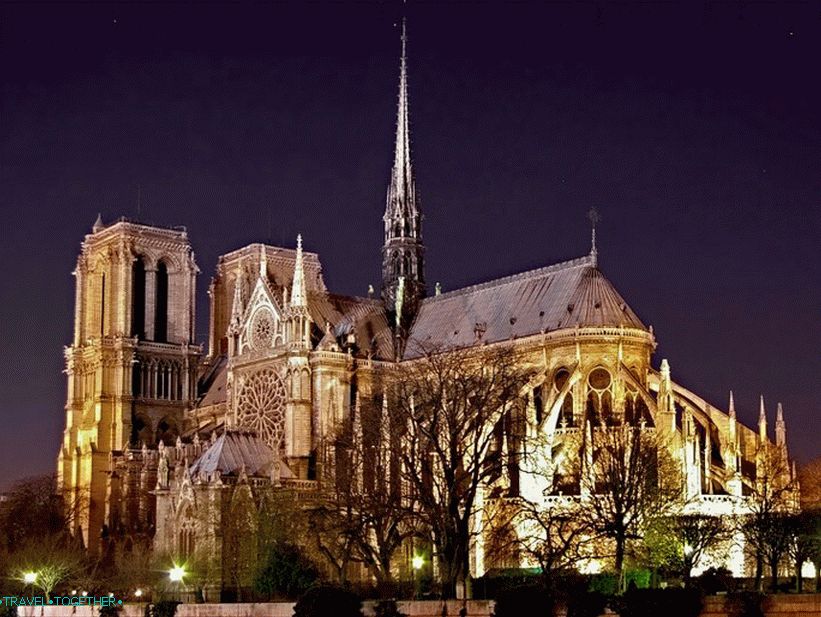 Notre Dame de Paris
Notre Dame de Paris
Notre Dame de Paris – the oldest and the most famous cathedral of Paris, located in the oldest part of it on the island of Cite. This is a magnificent masterpiece of Gothic, immortalized. brilliant Victor Hugo and turned into a cult place of the capital France.
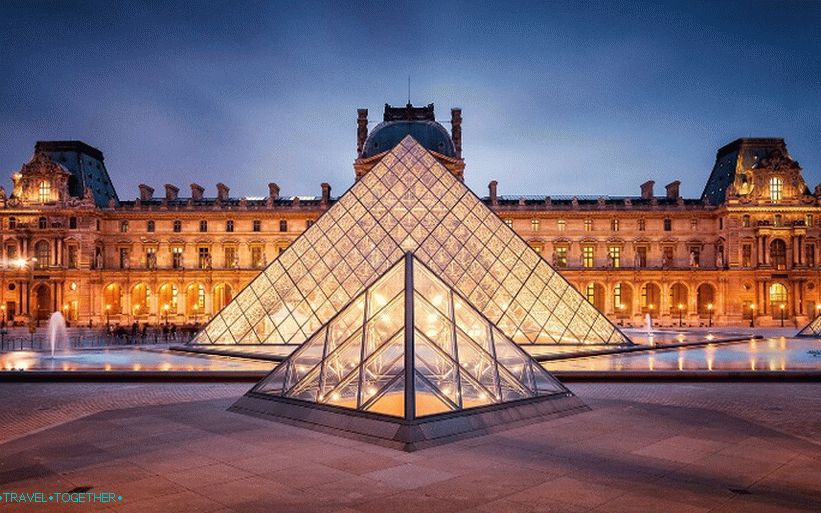 The Louvre
The Louvre
The Louvre is an art museum in Paris, one of the most famous and major museums of the world, which is visited annually by about 10 million person. Here are many of the most famous works. art of Western civilization, including Mona Lisa da Vinci and sculpture of Venus de Milo.
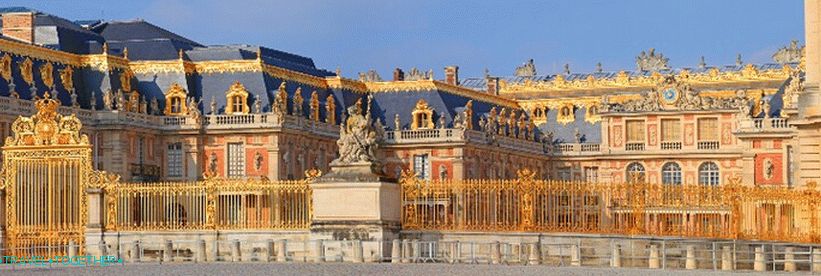 Versailles
Versailles
Versailles is a luxurious royal baroque residence, located in the suburbs of Paris. Is one of the most famous and beautiful palace and park complexes around the world. Versailles considered a true work of art and a benchmark of French baroque.
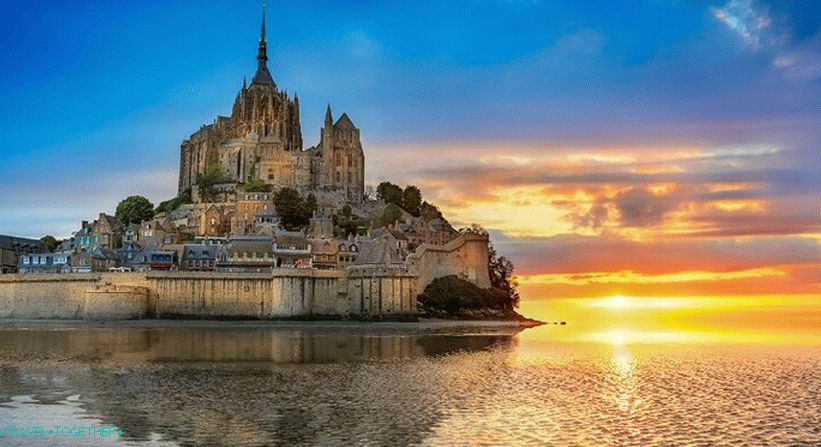 Mill San Michel
Mill San Michel
Mont Saint Michel – an ancient abbey on a rocky fortified island in normandy which is one of the brightest attractions of France. The monastery is a miracle medieval gothic architecture. And the island itself is famous beautiful serene views.
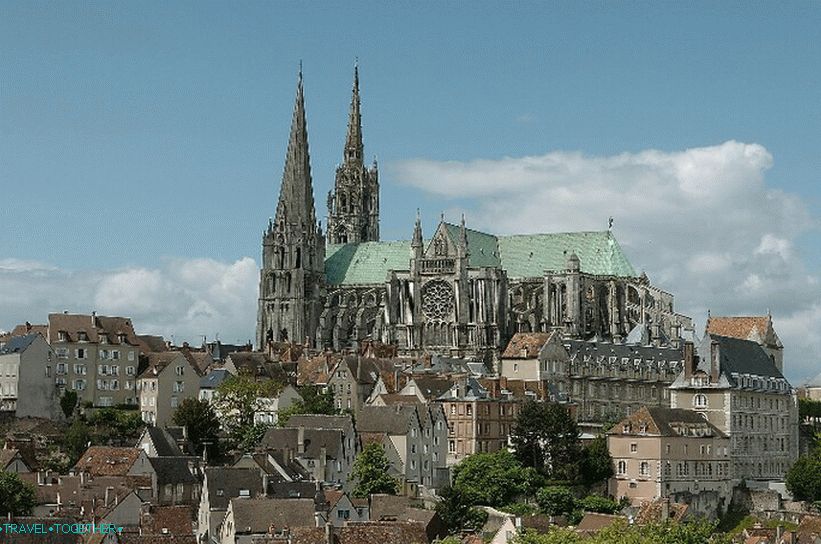 Chartres Cathedral
Chartres Cathedral
Chartres Cathedral – a magnificent cathedral that is a masterpiece Gothic and inscribed on the World Heritage List UNESCO.
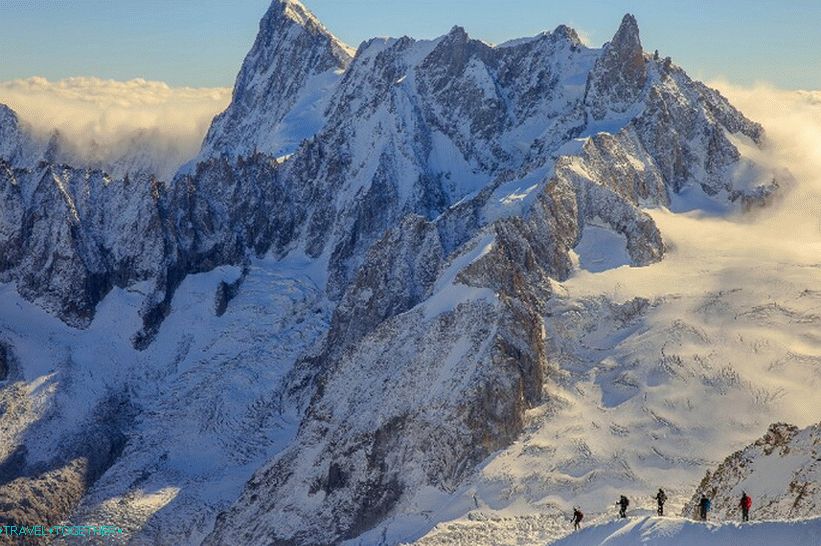 Mont blanc
Mont blanc
Mont Blanc – the highest peak of the Alps, located on the border France and Italy. This is one of the most picturesque and “strong” natural attractions of Europe.
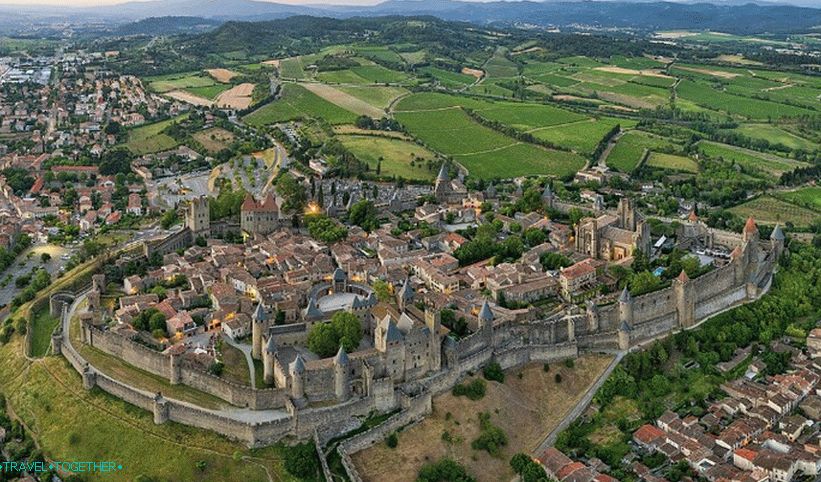 Carcassonne
Carcassonne
Carcassonne is a fabulous medieval city surrounded by powerful walls with towers. It is a maze of narrow winding Cobblestone streets and quaint old houses.
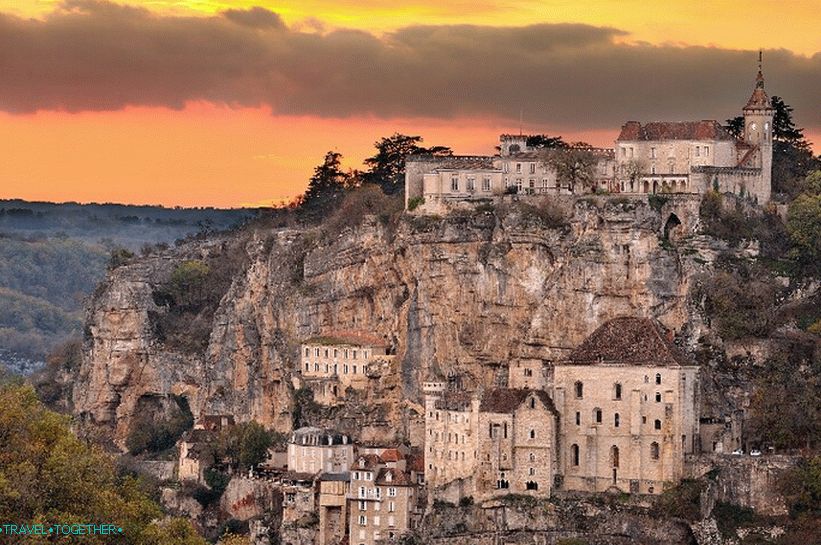 Rocamadour
Rocamadour
Rocamadour – a picturesque medieval town on the rocks, which known as a place of pilgrimage. In the chapelle chapelle Miraculeuse kept Black Theotokos – the ancient figure of the Virgin Mary, carved walnut wood Basilica Saint-Sauveur is the largest church of this town and a masterpiece of romanesque and gothic, and also a UNESCO World Heritage Site.
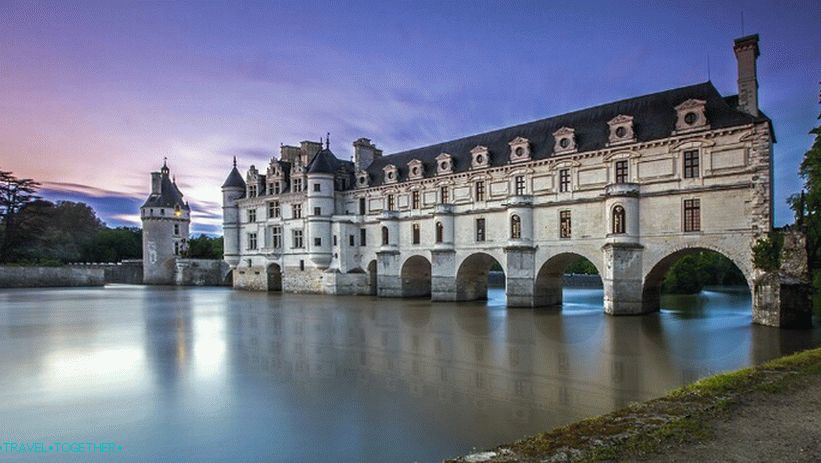 Chenonceau
Chenonceau
Chenonceau – one of the most beautiful and famous castles in the valley Loire, built in the 16th century. The castle is built on the river Cher and is the second most popular after Versailles.
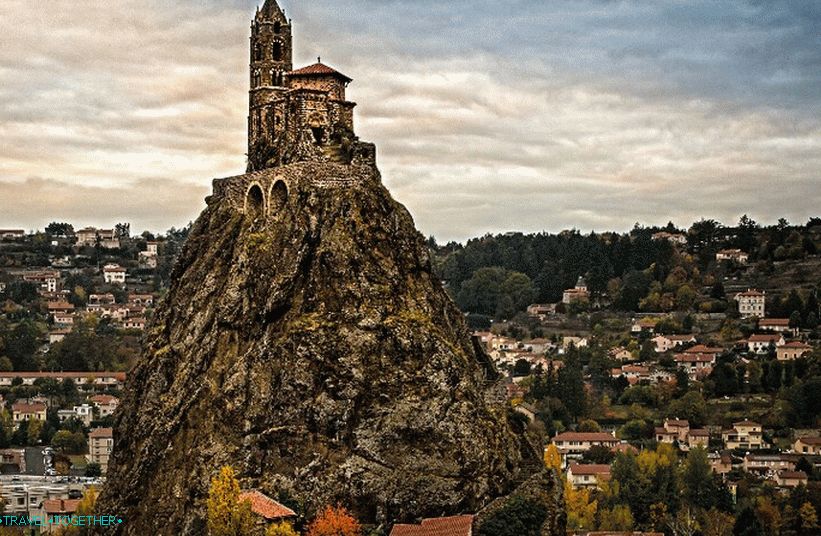 Church of the Virgin Mary in Le Puy-en-Velay
Church of the Virgin Mary in Le Puy-en-Velay
The Church of the Virgin Mary at Le Puy-en-Velay – the old cathedral on top scenic cliffs. It is a place of pilgrimage from the middle centuries.
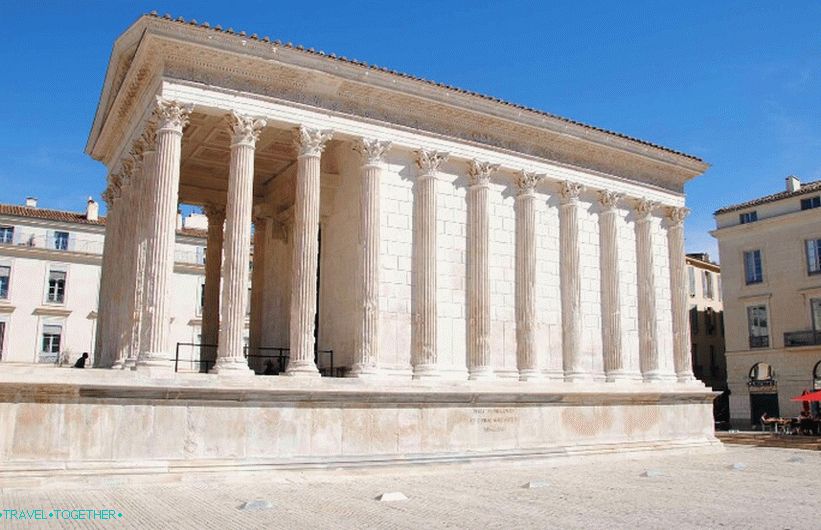 Roman Nima’s legacy
Roman Nima’s legacy
The city of Nimes was founded by the Romans and was the most important city. the province of Gaul. There are some striking Roman ones preserved here. buildings, among which stands out the amphitheater and the Roman temple.
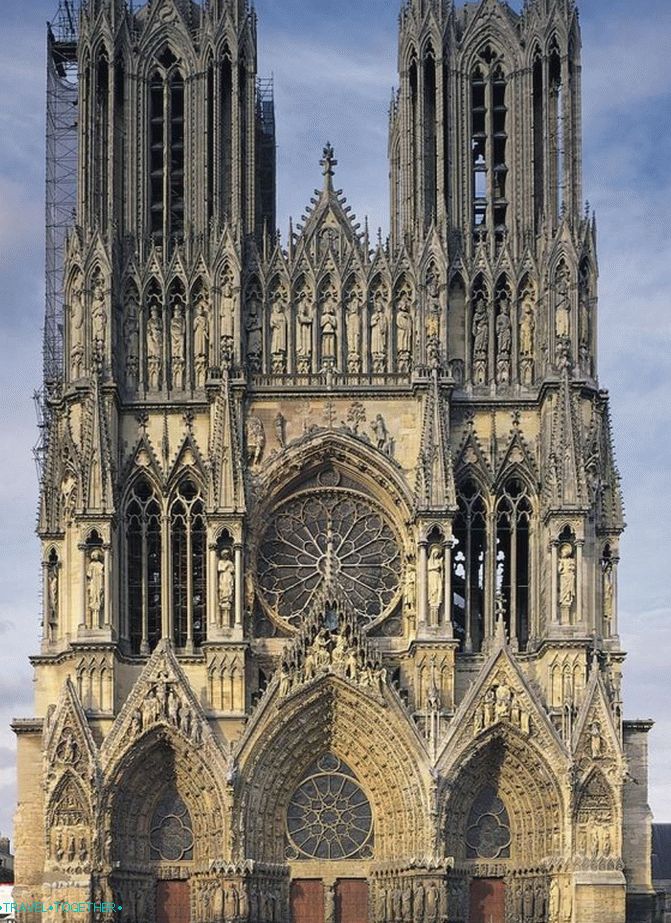 Reims Cathedral
Reims Cathedral
Reims Cathedral – impressive medieval religious construction and masterpiece of the French Gothic. Known as a place coronation of the French monarchs.
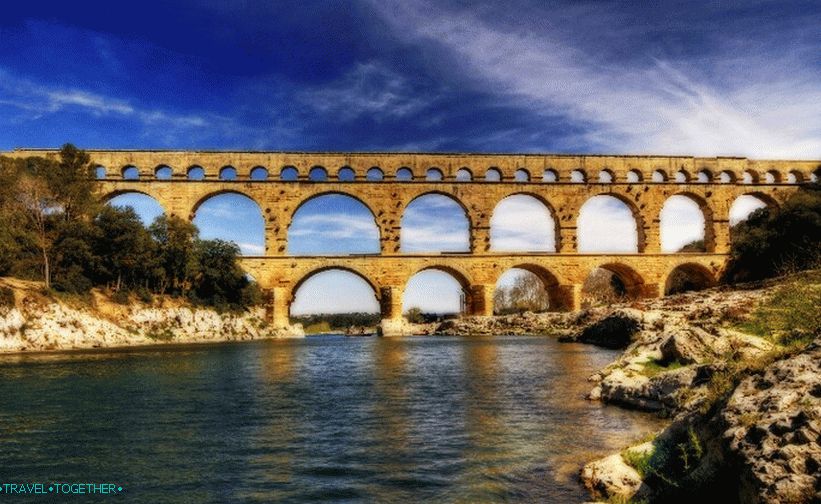 Pont du gard
Pont du gard
Pont du Gard – a grand Roman aqueduct located near from the city of Nimes on the river Gard (Gardon). It is the highest among Roman buildings of this type.
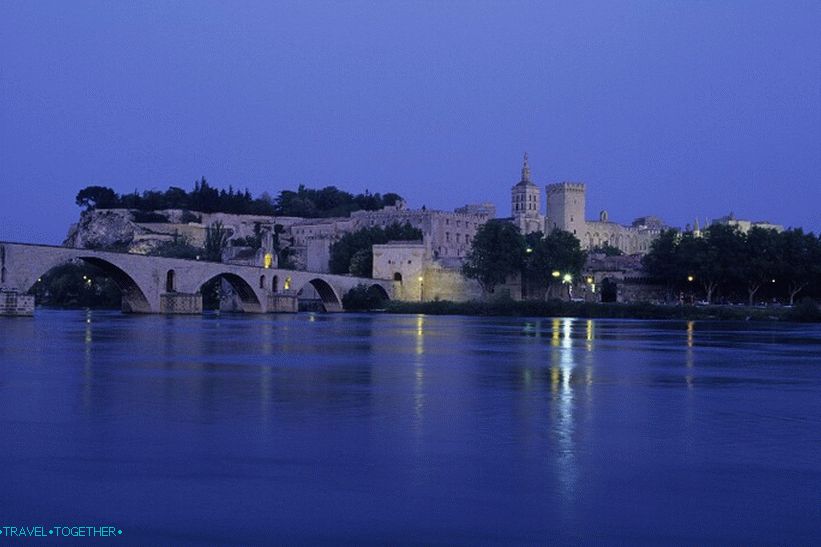 Avignon
Avignon
The Papal Palace in Avignon is one of the largest and The most important medieval gothic buildings in Europe. Palace was built in the 14th century, when the popes were forced to be in Avignon.
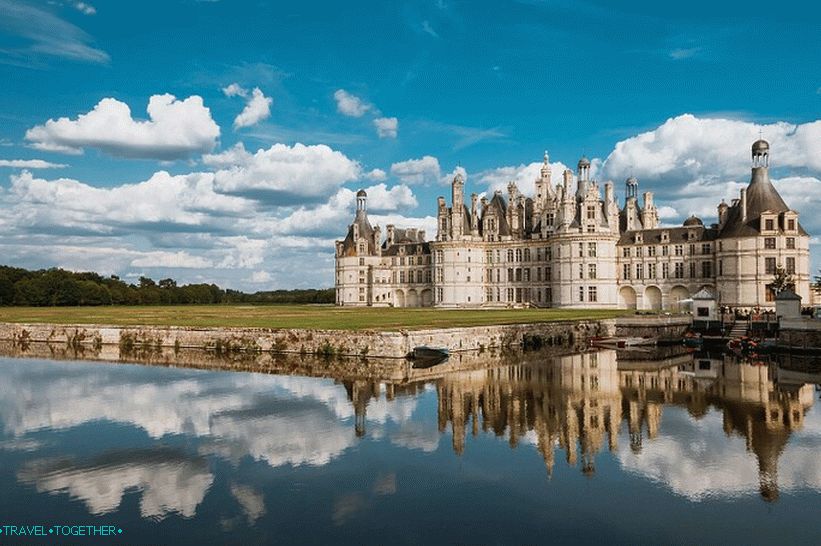 Chambord
Chambord
Chambord – one of the castles of the Loire Valley, which is a masterpiece French Renaissance. Built in the 16th century as a royal hunting residence.
Accommodation
Finding accommodation in France is not a problem. Of course, this is not the cheap from European countries, but thanks to a large number offers you can always find good options (especially if search in advance). Hotels are divided into 5 categories: from 1 to 5 stars. The cost of living is affected by the hotel’s category, location and season. The average price of a double room in a hotel *** is 70 Euro. In the countryside and small towns you can settle in charming chambre d’hôte.
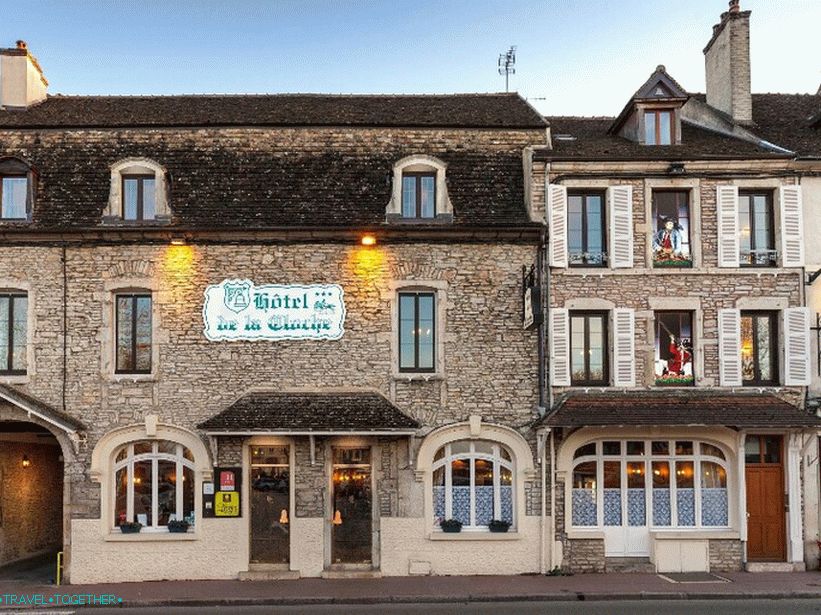 Hotel in Burgundy
Hotel in Burgundy
Kitchen
France is famous for its cuisine, which is a true a work of art. But not all institutions can try her most exquisite dishes. Usually a set of national cuisine limited Also, French cuisine has a regional character. With searching for a restaurant or cafe you need to beware of the most popular tourist spots and traps. In this issue you need to navigate on the popularity of places with local residents.
In France, all taxes and tips are already included in the bill. But if you I liked the food and service, you can leave a couple Euro.
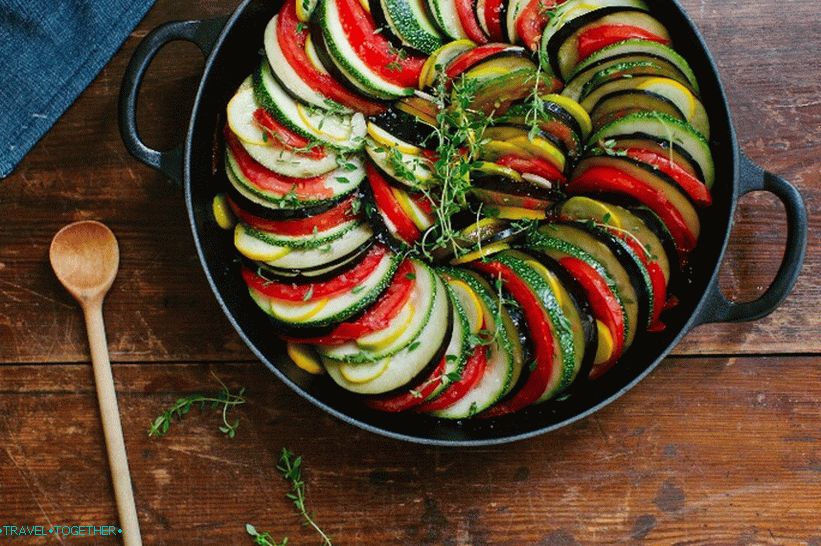 Ratatouille
Ratatouille
Famous French dishes:
- Cassoulet – duck, pork or sausages with beans.
- Choucroute – sauerkraut with pork (a popular dish in Alsace).
- Flammekueche – thin pizza with cheese and bacon (Alsace).
- Baeckeoffe – Lamb, Beef or Pork Stew potato (alsace).
- Fondue Savoyarde – cream cheese with a drop of alcohol (Alps).
- Fondue Bourguignonne – Beef Slices in Oil with Sauce (Burgundy).
- Raclette – processed cheese with potatoes (Alps).
- Pot-au-feu – boiled beef with vegetables.
- Boeuf Bourguignon – Burgundy beef.
- Navarin d’Anaula – lamb in Burgundy.
- Ratatouille – famous vegetable stew (tomatoes, onions, zucchini, eggplant, pepper).
- Bouillabaisse – fish with saffron. Very expensive dish.
- Tournedos Rossini – beef tenderloin fried on cream oil covered with a slice of fried foie gras and decorated with slices black truffles.
- Soupe de poisson à la rouille – tomato fish soup with saffron (Provence).
- Gigot D’Agneau Pleureur – Lamb Leg with Potatoes (Provence).
- Tartiflette – pork with potatoes and cheese.
- Confit de Canard – roast duck.
- Foie Gras – Duck or Goose Liver.
- Magret de canard – fried duck breast.
- Garbure – soup / stew of ham and cabbage.
- Quenelle de brochet – River fish with breadcrumbs.
- Piperade – tomato, onion and pepper stew with a few eggs.
- Poulet basquaise – chicken, tomato, onion and ragout pepper.
France is famous for its cheeses, pastries and bakery. products. French cheeses are the real pride of the nation. Them here presented a huge range. Of baking, definitely worth try the famous croissant as well as the baguette. One more pride France are wines, champagne and various liqueurs. Top wines France do in Burgundy, Bordeaux, the valleys of the Rhone and the Loire, Alsace.





